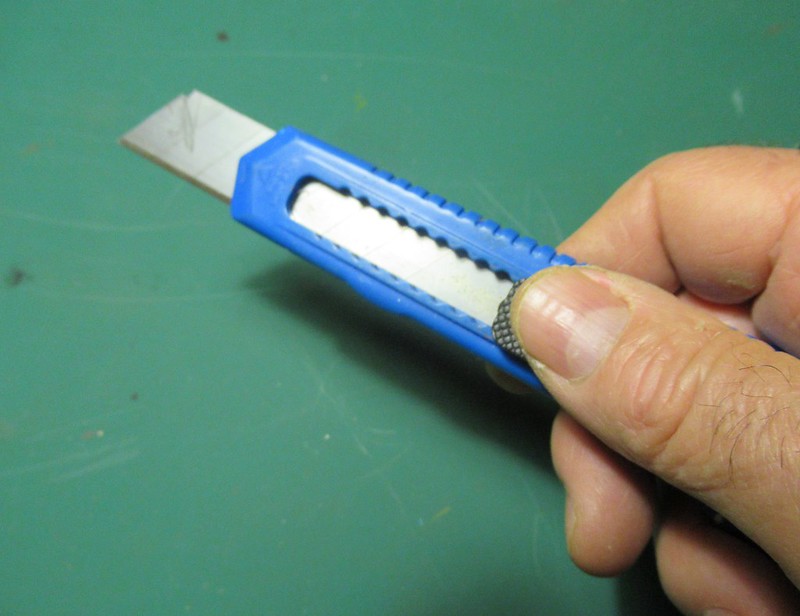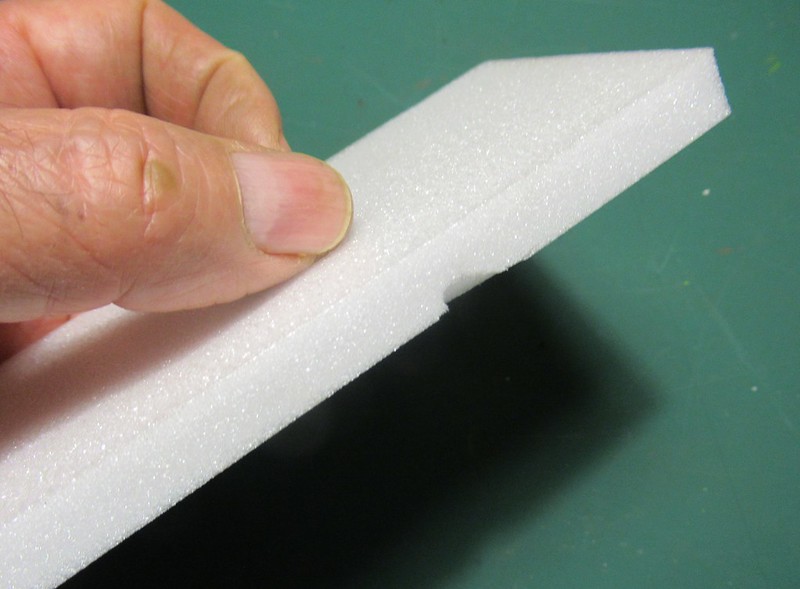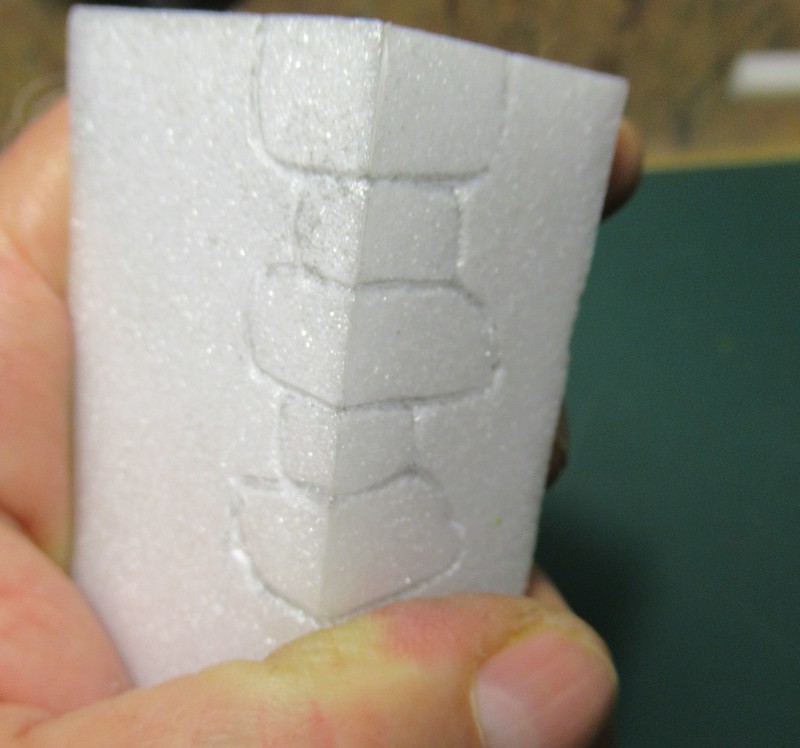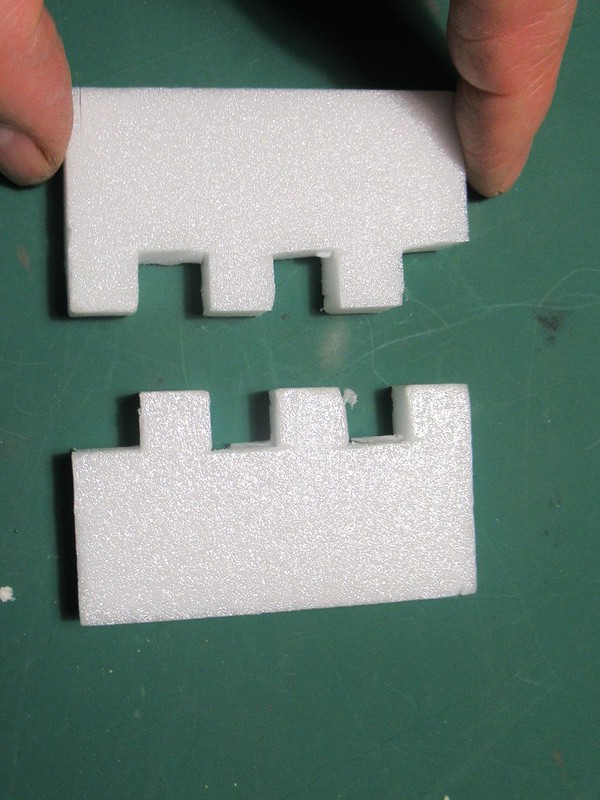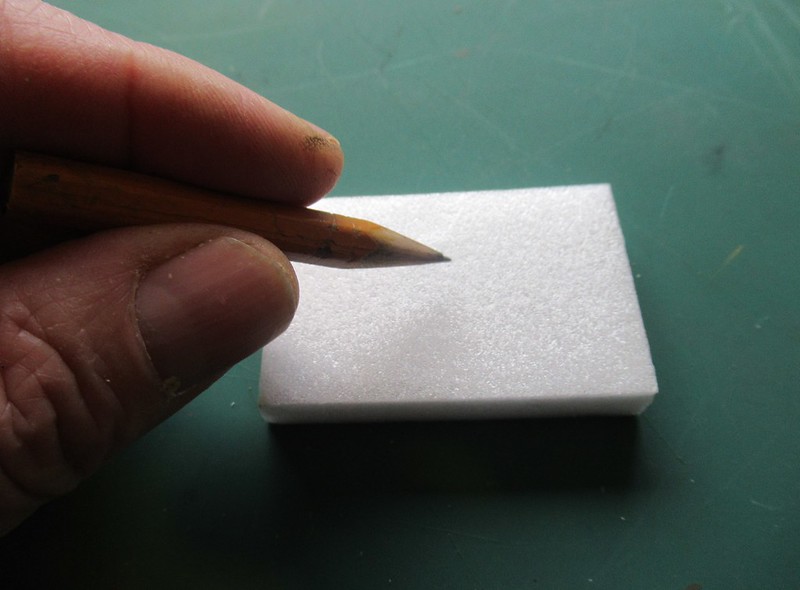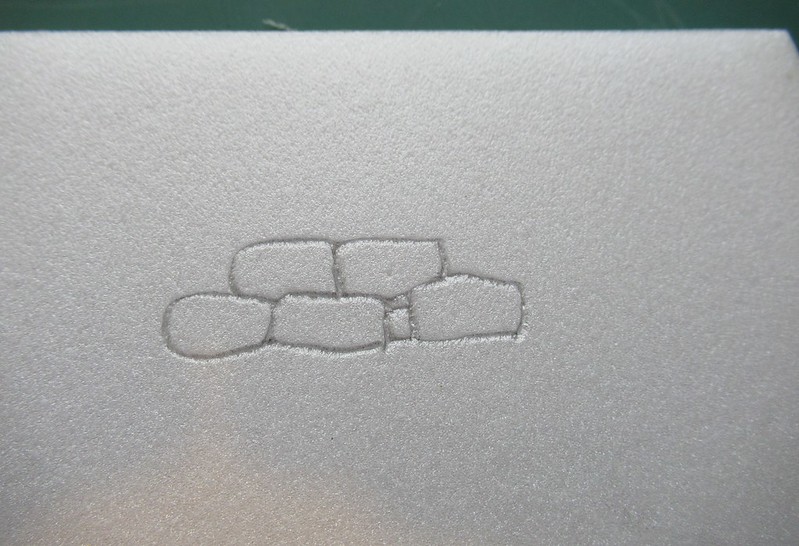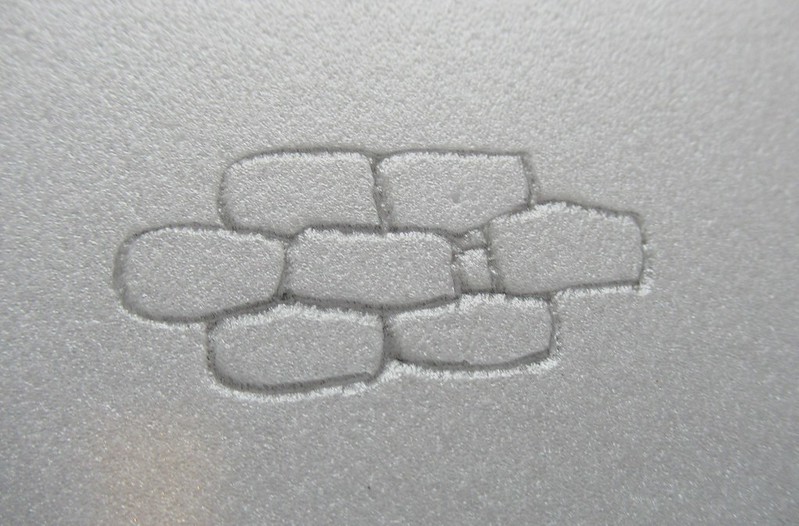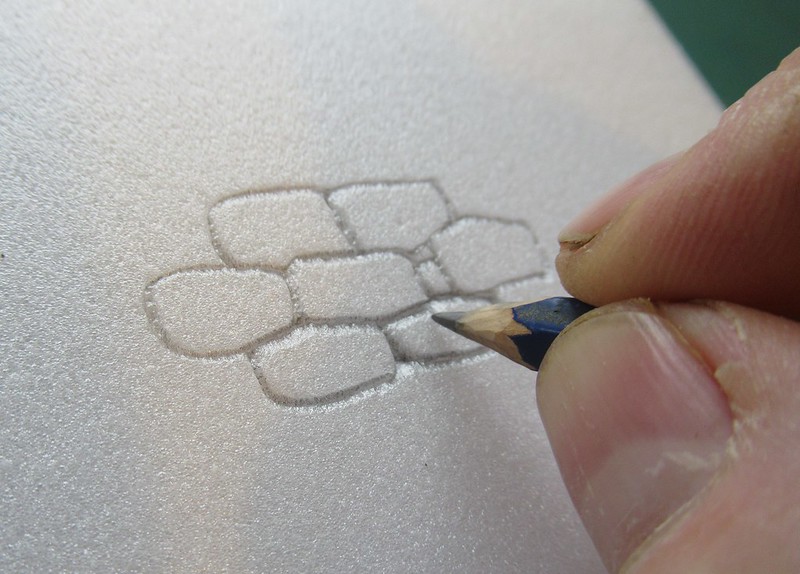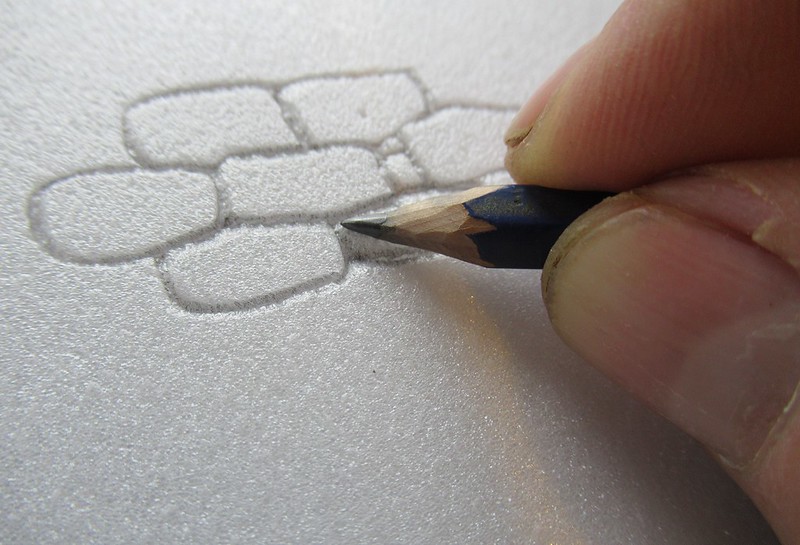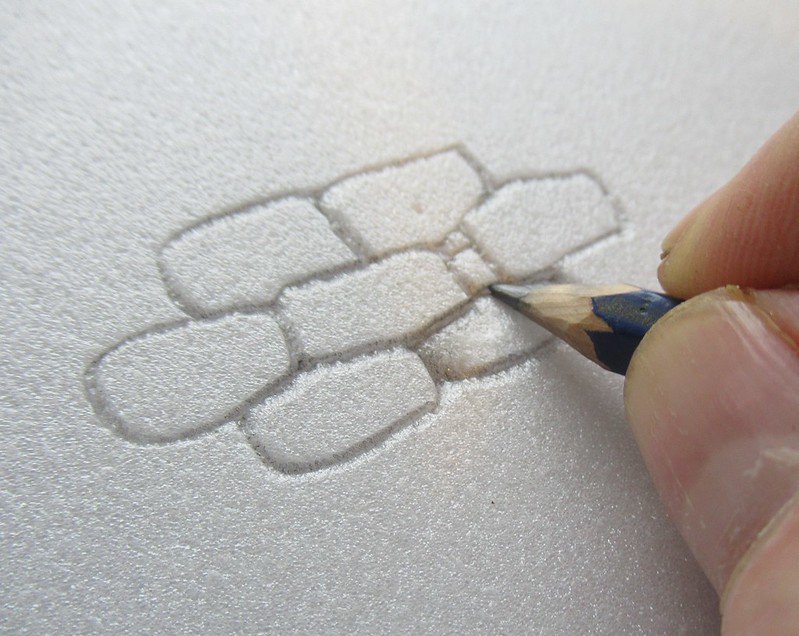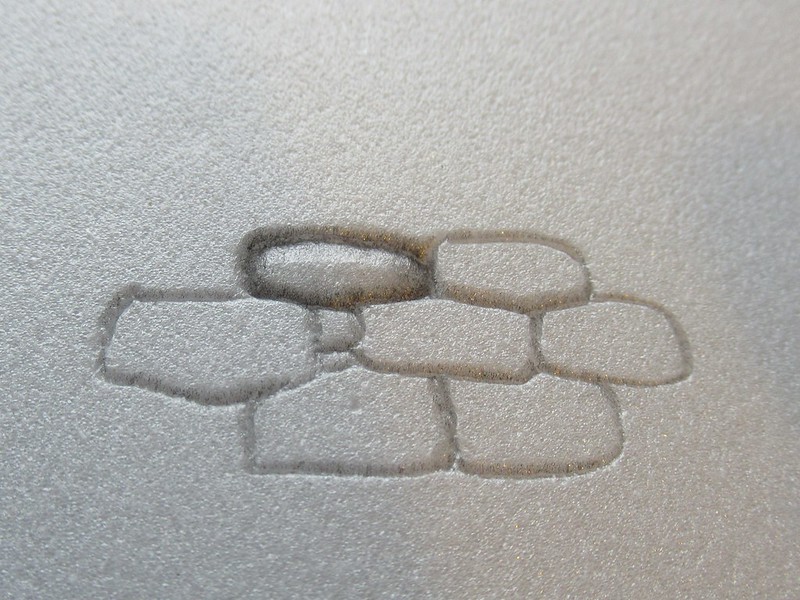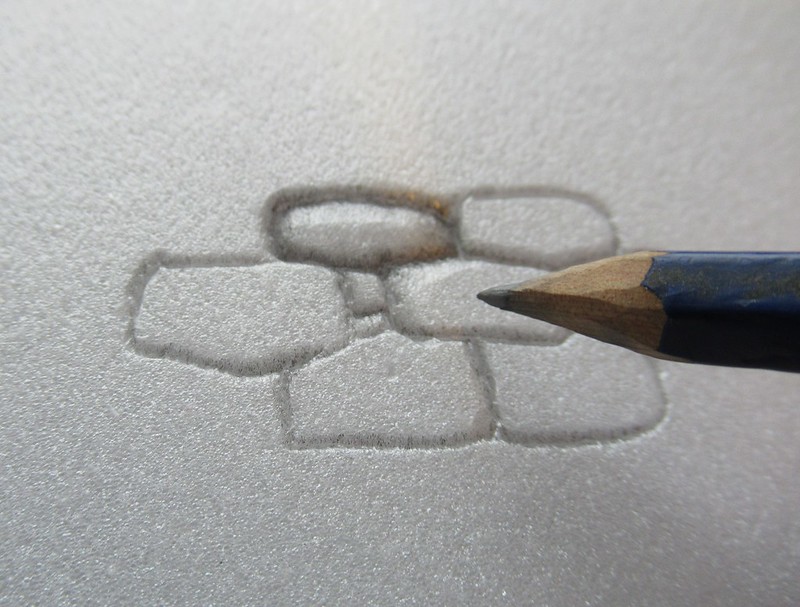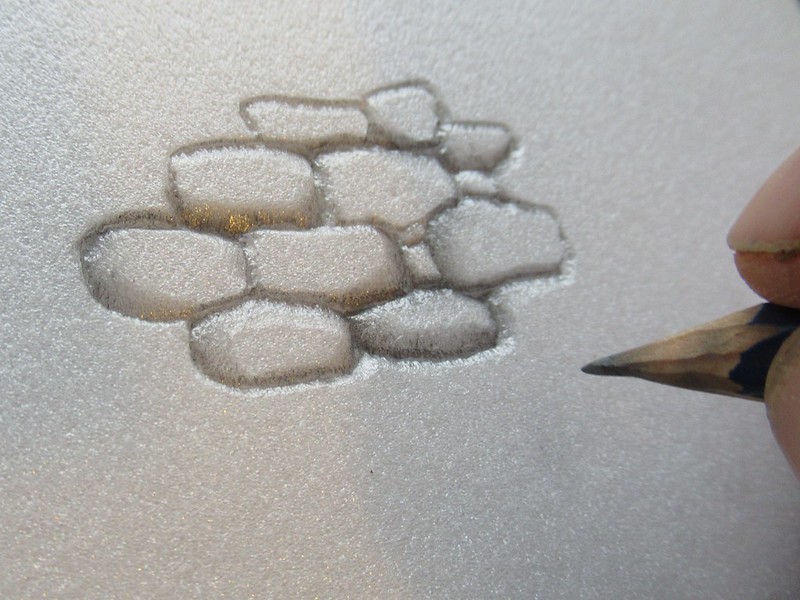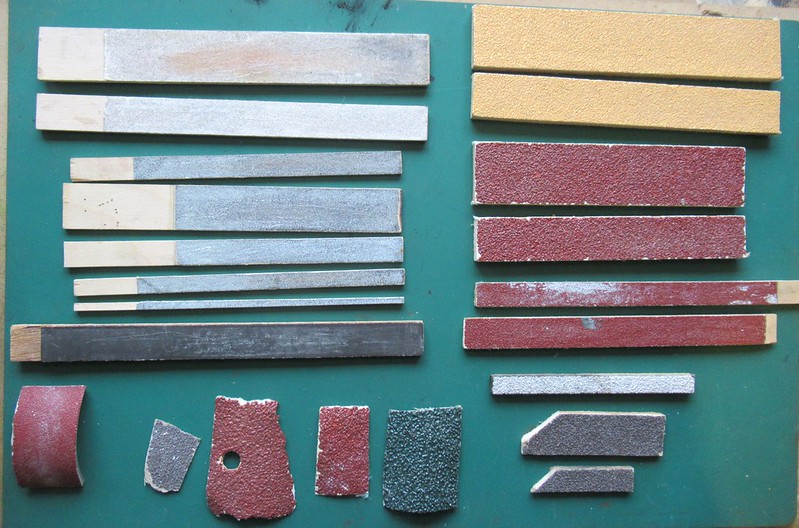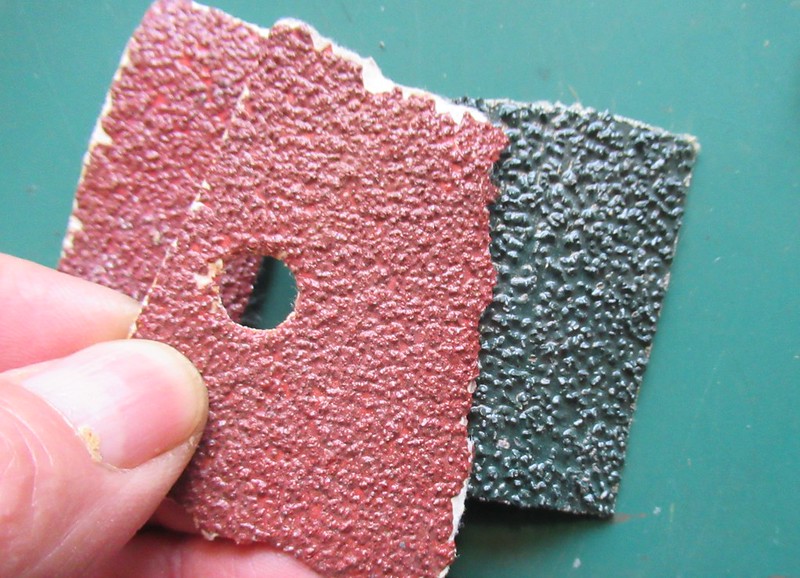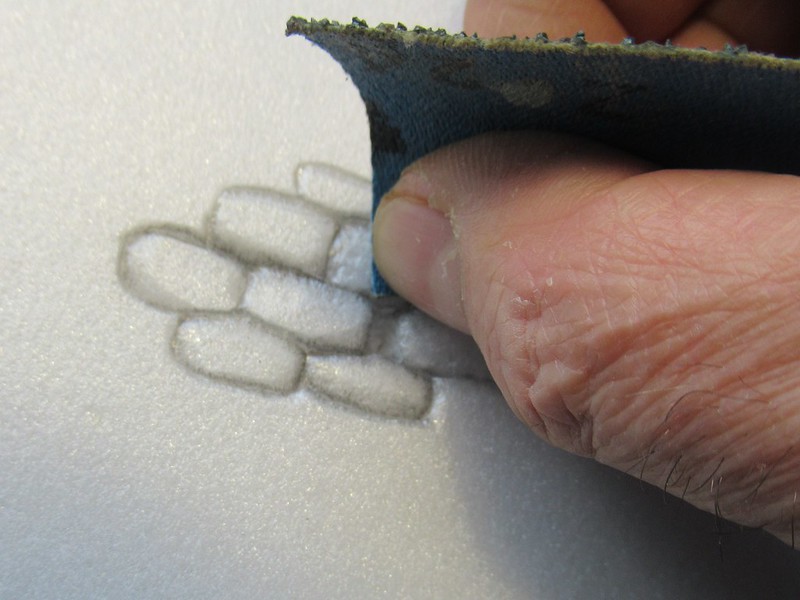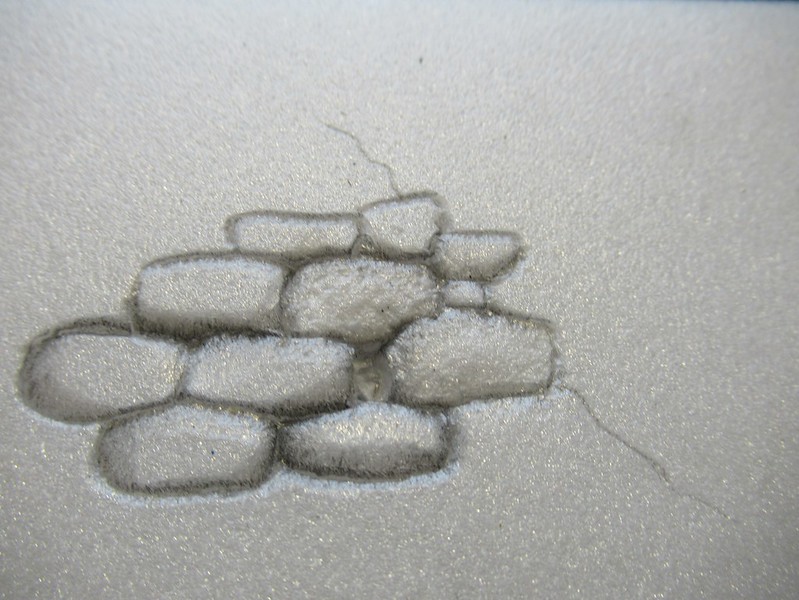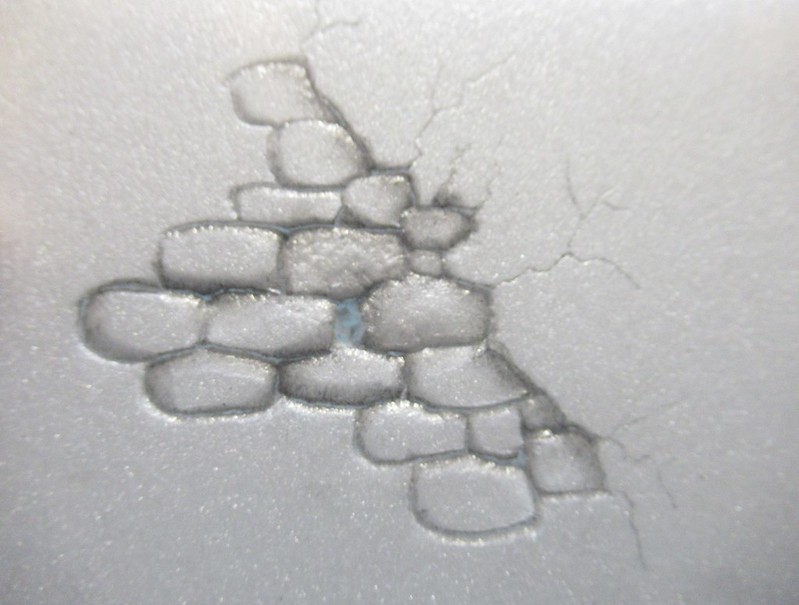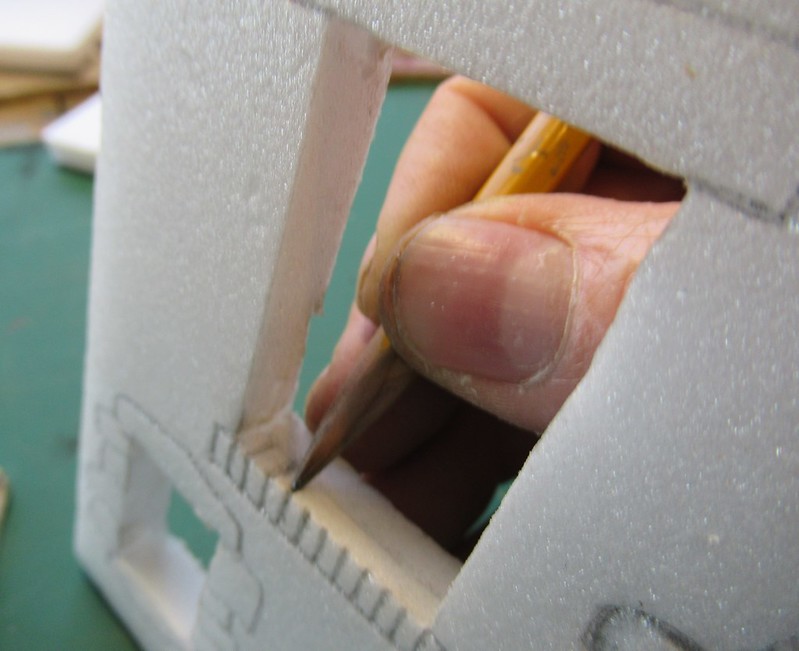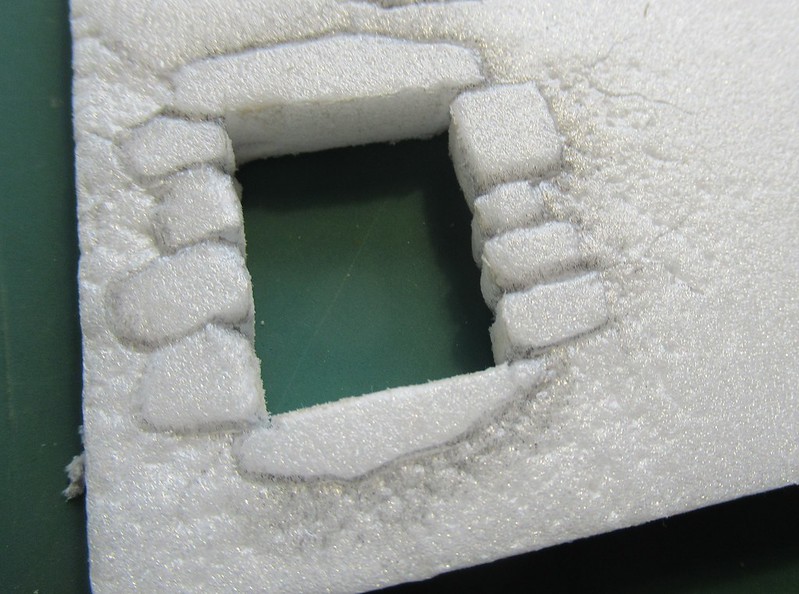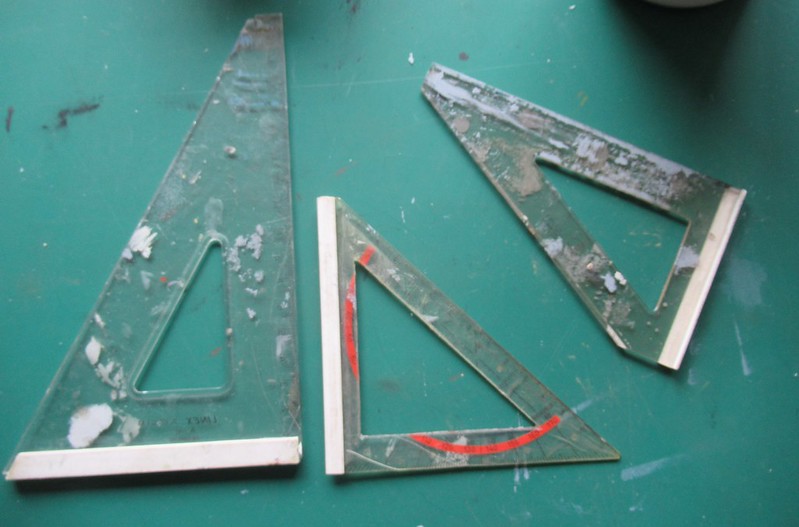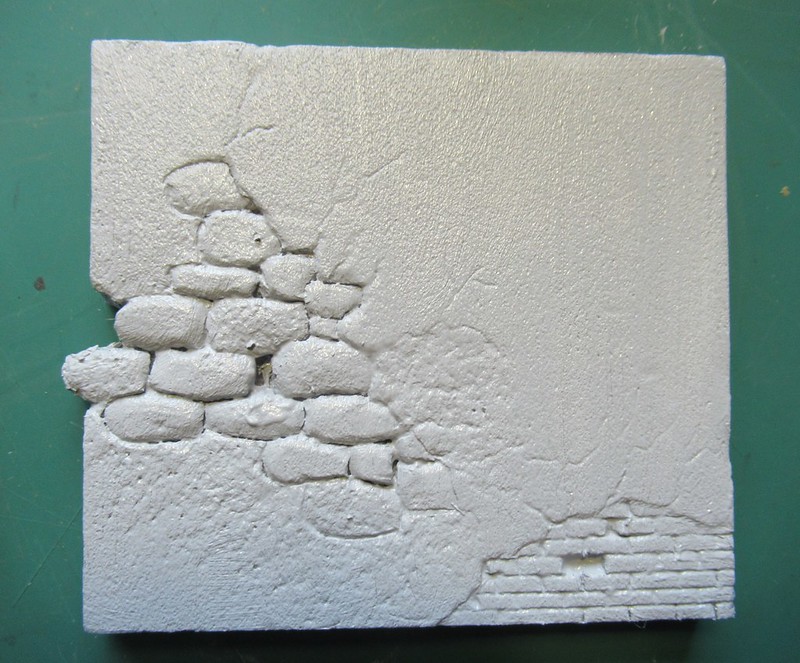There is, of course, not much wrong with the old methods and materials used for modelbuilding.
I don't dare to say the same about modern ones.
Yes, they all suggest plenty of posibilities and they do ofer much indeed, but about how healthy is to work with them I have heard plenty of contradictory stories.
For that reason I hope you will not take for guaranteed that all the materials I use are safe for people and enviroment. Probably they don't but to reach a more or less safe range of materials and methods one should get back to the 1950s and even so have much good luck.
At least most of the glues used in the hobby are pretty unhealthy and probably also some of the types of foam are.
Sadly, I just don't know so if someone could enrich this thread with good information about that would be great for all of us.
To be clear: it is not opinions what we need but real knowledge.
One thing I know for sure: most foams are really nice to work with and also very easy for cutting and engraving but sanding -which is also incredibly easy- is something I try to avoid and if there is no alternative I do use latex gloves and a mouth & nose mask, both of the disposable type and, even so, I always clean the place, my clothes and shoes inmediately after sanding using a vacuumcleaner with fine stuff filter because I don't want to get that invisible powder in my lungs.
Cutting, bending and embossing seems a lot less dangerous because they don't create an invisible cloud around you.
I am not sure if hotwire cutters are trully safe and have heard at least some foams must not be cut that way.
I would like to know which ones and how to distinguish them from the rest! BUT: I DON'T KNOW.
One of the most popular foam types is the so called 'foamboard'.
It is easy to find, cheap, works great and so far as I know it is at least reasonably safe.
It is a sanwich: a piece of foam with a paper layer glued on top and under:
 IMG_0111 (2) by Daniel Osvaldo Caso, on Flickr
IMG_0111 (2) by Daniel Osvaldo Caso, on FlickrIt comes in different thicknesses ranging from 2 or 3 mm to 20mm and sizes ranging from the standard (and cheapest) A4 up to huge pieces far beyond A0.
It also comes in a range of colour combinations from white foam with white paper to all combinations of gray, black and white.
For simply building the skeleton for a structure the whole sandwich (foam & paper layers) are perfect. Incredibly light, pretty strong and easy to cut with a hobby knife.
You can glue it with simple PVA glue ('white glue') and the paper will help a lot at that.
For making any embossing of bricks, stones or whatever, one need to peel away one or both layers of paper (depending on if you want texture embossing on both sides or just one.
Peeling foamboard is not the nicest job I've doen for modeling but is neither bad nor difficult. It takes just a bit of patience because one can start it very easily:
 IMG_0113 (2) by Daniel Osvaldo Caso, on Flickr
IMG_0113 (2) by Daniel Osvaldo Caso, on Flickrbut soon the paper will show it's teeth:
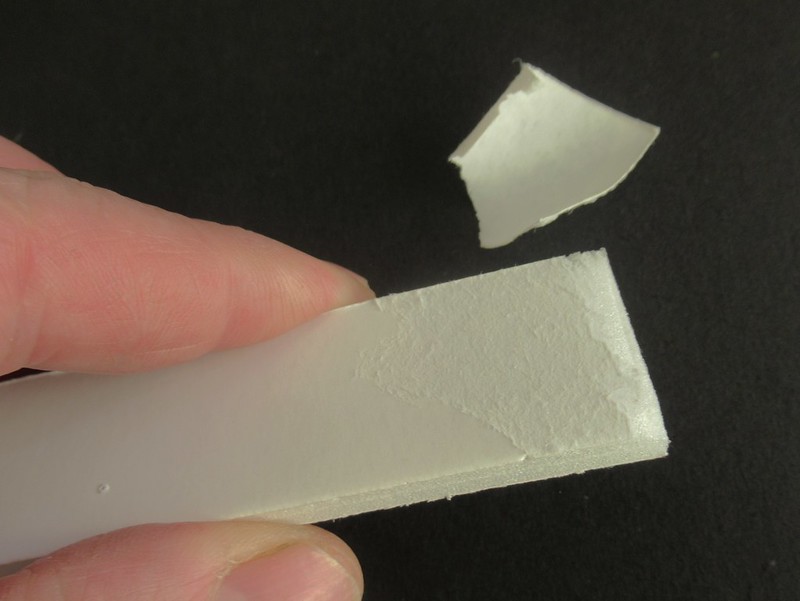 IMG_0115 (2) by Daniel Osvaldo Caso, on Flickr
IMG_0115 (2) by Daniel Osvaldo Caso, on FlickrNo problem.
All you need is (not too) hot water and the paper will become more friendly
 IMG_0117 (2) by Daniel Osvaldo Caso, on Flickr
IMG_0117 (2) by Daniel Osvaldo Caso, on Flickrbut you will need to rub the wet paper away with the tip of your fingers:
 IMG_0120 (2) by Daniel Osvaldo Caso, on Flickr
IMG_0120 (2) by Daniel Osvaldo Caso, on Flickr IMG_0118 (2) by Daniel Osvaldo Caso, on Flickr
IMG_0118 (2) by Daniel Osvaldo Caso, on FlickrOnce dried it will show a nice, a bit porous surface (think the photos are pretty enlarged)
 IMG_0122 (2) by Daniel Osvaldo Caso, on Flickr
IMG_0122 (2) by Daniel Osvaldo Caso, on Flickr(I have left a bit of the paper at the left so you can compare the two surfaces)
 IMG_0123 (2) by Daniel Osvaldo Caso, on Flickr
IMG_0123 (2) by Daniel Osvaldo Caso, on FlickrNext photo shows the piece I have just peeled beside a 10mm thick piece of same type of foam but bought already without paper layers
 IMG_0002 (2) by Daniel Osvaldo Caso, on Flickr
IMG_0002 (2) by Daniel Osvaldo Caso, on FlickrI suppose it depends on the type of glue but two years ago I bought a full box of 5mm A2 black foamboard and peeling it took no more than 10 minutes FOR THE FULL BOX!. Just pulling from one corner the whole paper came out to meet my happy smile.
More later in next message (sorry but If I do not cook I do not eat!)
Daniel



